Where climbers are heading beyond the crowds of Mount Everest
Why adventurous alpha types and those heading to retirement with packloads of disposable income are ditching Everest for other high stakes.
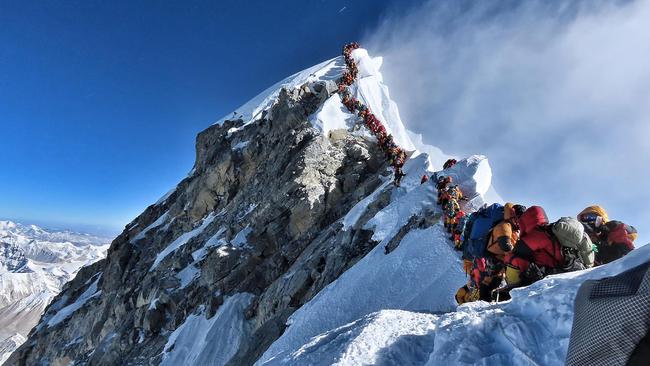
An iconic image of climbers in a traffic jam at 8700 metres on Mt Everest, one of the most dangerous and inhospitable places on the planet, outraged armchair climbers all over the world.
It was 2019 and within days of the image circulating, 12 climbers had succumbed to the altitude and frozen to death.
Why were there so many climbers at the top at the one time? Why weren’t they moving? Clues in the picture above explain why that queue became so deadly.
Out of frame in the background, a man was dying of heart failure. Blood cells thicken the higher the human body ascends and that can cause cardiac issues if the pipes aren’t clear.
No one wants to step over a prone man fighting for life in the snow. That narrow boot track across the ridgeline has a 3000-metre drop on each side and no safe way for climbers to pass.
Climbers waiting in this image are themselves slowly dying as their bodies degrade in the thin air.
The next clue is the clear sky. It was the first of only six picture-perfect summit days for the whole season.

After a year’s training, spending a small fortune, and negotiating the all-important leave pass, it’s difficult to turn around with the top so close.
The final clue is the spindrift blowing off the ridgeline. That’s a terrible sign that the wind is building up and about to become deadly.
A dozen climbers lost their lives that season and it could have been a lot more.
There are simply too many people attempting the summit from Nepal. About 600 people stood on the top this autumn; 350 Sherpa and Western guides supported 250 clients. Nepal issued 454 permits, so many climbers quit, became ill from altitude sickness or died. Last season 17 died.
The world’s highest peak has lost some of its nostalgia, reverence and allure because of crowding, rubbish – Camp 4 on the South Col at nearly 8000 metres resembles a decades-old midden of mountaineering refuse – and the associated media attention.
Consequently, there is a trend to attack new objectives away from Everest.
Especially motivated are adventurous alphas, with the endurance and willingness to suffer, and those who are heading towards retirement with pack-loads of disposable income.
There is a wide range of physically demanding and seriously dangerous objectives that are calling to them.
K2, 8611m
Karakoram, Pakistan
Get in quick, it’s trending now. Many serious climbers are shifting their attention from Everest and onto the Savage Mountain.
Legendary for mountaineers, K2 is sustained, steep and highly active with falling rock, ice and avalanches. Experience of another eight-thousander and a high level of endurance is vital, but it’s definitely achievable for dedicated alpinists.
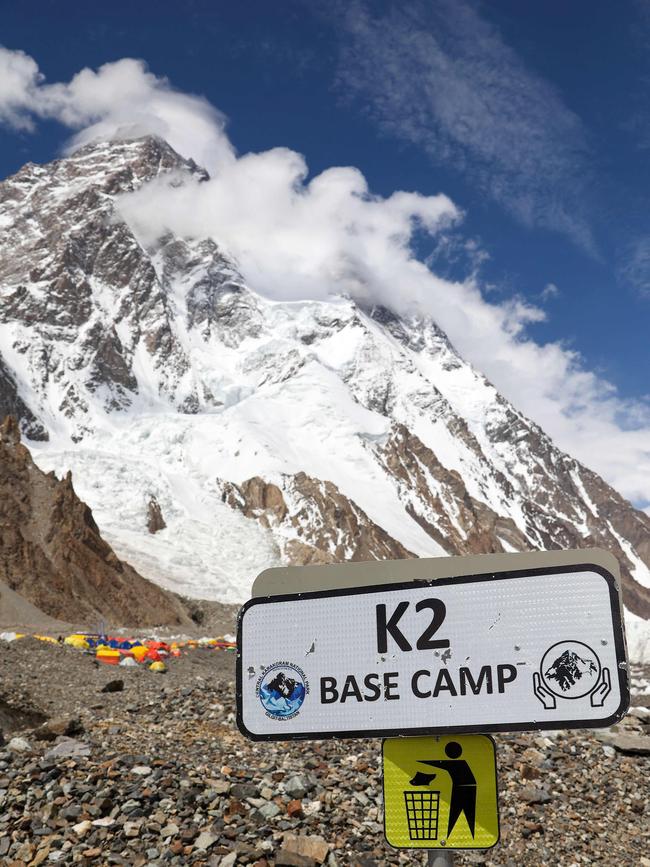
House’s Chimney and the Bottleneck are ominous cruxes that add technical difficulty to the already staunch route at high altitude.
The second highest peak earns its reputation because of the 1:4 ratio of climbers who have died from avalanches, falls and freezing to death in storms. The good news is that the death rate is falling, and consequently the allure of this majestic peak is growing.
K2 abuts China in a militarised zone, so permits are difficult to obtain and that contributes to a fraction of Everest’s climbing population each year.
It’s a high stakes game of risk and reward. The cost of climbing K2 with professional support, the likes of trending outfitter Madison Mountaineering, is $US70,000.
MT LHOTSE, 8516m
Himalayas, Nepal
Lhotse forms the apex of the horseshoe-shaped arc of the Everest massif. Join the throng at Everest base camp, cross the ladders spanning crevasses in the Khumbu Icefall, and head up the Western Cwm to Camp 3 at 7600 metres on the Lhotse Face.
At the Yellow Band in the death zone, the train of Everest climbers turns left towards the South Col and the Lhotse route heads directly up to the narrow summit.
Lhotse requires all of the climbing credentials for Everest and delivers a glorious summit just 2.9 kilometres away as the crow flies from the top of the world.
Few people attempt it, so you’re likely to be celebrating with a partner and no one else. All for $US50,000.
An emerging trend is for Everest summiters to back up after 24 hours and add Lhotse, ticking off two 8000-metre peaks in one trip.
EVEREST NORTH SIDE, 8848m
Himalayas, via Tibet
Same same, but different. Climbing Everest through China is a cultural juxtaposition to Nepal in the south. The physical power of the mountain and challenge is no less awesome.
A 40-metre rock face called the Second Step looms as the crux at 8600 metres on the dramatic north ridge. It’s where George Mallory lost his life in 1924.
The north side attracts half the traffic. I was on the summit for half an hour with 10 climbers in 2018 while a huge queue of climbers edged up from Nepal several hours behind our schedule.
China manages the climbing teams with military precision and there is a far less gung-ho attitude at base camp. The Chinese authorities insist on four climbers per permit, so joining a commercial team is crucial. Nepali outfitter Glacier Himalaya charges $US35,000 for professional support.
CHOLATSE, 6440m
Himalayas, Nepal
This gem is piquing interest for climbers with high level of fitness who are seeking a mountain with a high level of difficulty, no supplemental oxygen, and low numbers of expeditions.
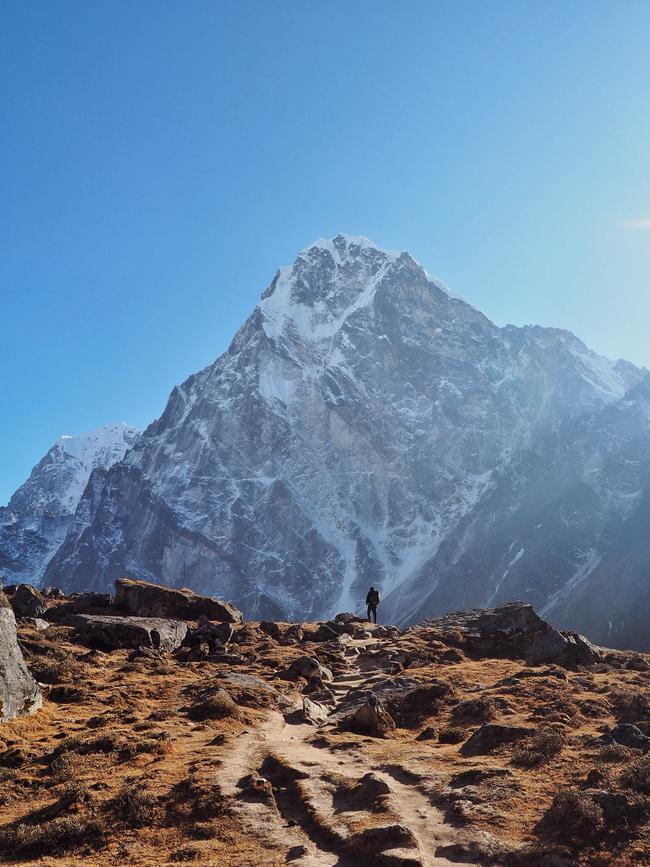
In 2011, my team’s original objective was the north ridge. Acute avalanche danger meant we retooled the plan, sent our equipment by yaks around the mountain, and summited by the south-west ridge.
Three South Korean climbers who stayed on the north side were killed.
The south-west route is atmospheric and involves cutting an ice platform into the arête to squeeze two small tents side by side as Camp 2. The top has incredible views of Everest, Nuptse, Cho Oyu and Ama Dablam (the Matterhorn of the Himalayas).
Pay $US17,000, which includes climbing Lobuche East to acclimatise at 6119 metres before taking on the much tougher main objective.
ALPAMAYO, 5947m
Cordillera Blanca, Peruvian Andes
This is climbing at the sharp end and seasoned climbers are starting to seek out alpine-style objectives rather than big siege-style expeditions in the Himalayas. Alpine-style climbing is suited to experienced mountaineers who are dedicated to building their skills and pushing their limits off the beaten track.
Vertical and technical, climbers will kick in their crampons’ front points and swing axes for eight pitches up the 450-metre ice and snow chute that leads to the corniced ridge line. The descent requires eight rappels.
The trending route on the face of the stunning shell-shaped Alpamayo is called the French Direct.
The trip takes six days in June when settled weather makes for spectacular conditions for climbing. Expect to pay up to $US5000 for guided support.
MT VINSON, 4892m
Antarctica
Climbing on the frozen continent is trending with the well-heeled adventure set.
Access is by plane from Punta Arenas in Chile to Union Glacier, and a short internal flight takes climbers to Mt Vinson base camp.
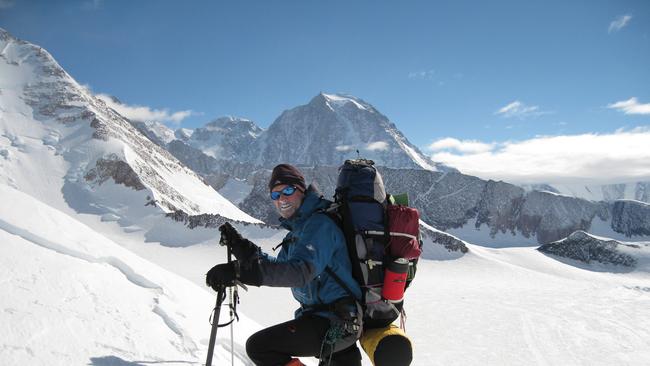
It’s an extremely strenuous expedition that requires stamina to withstand aching cold temperatures below -40C and hauling heavy loads for many days in a row.
Adding a second objective to the two weeks on Vinson, such as the highest volcano, Mt Sidley (4285m), or tagging any number of other peaks, makes the remote trip much better value for time and money. Some adventurers will ski the last degree to the South Pole.
The best time to travel is December to January. Booking the Vinson program will cost $US52,000 with Adventure Consultants. Sidley is $US69,000. Combine them for about $US90,000.
UNCLIMBED PEAKS, 6000m
Himalayas, Nepal
The ultimate microtrend in mountaineering is to explore unclimbed peaks.
Not many people register for these expeditions, though a handful of commercial teams have had success in the past few years. There is little information on the peaks, obviously, and teams will be putting up genuine new routes.
Madison Mountaineering is deliberately vague in promoting the first ascent of a 6500–7000-metre peak in Nepal it has on offer. The mountain is close to Everest, has a “beautiful line to the summit” and presents significant technical challenges such as steep snow and ice, as well as route finding, glacier travel, and ridge climbing.
The price is $US22,000.
China is also loaded with unclimbed peaks, though mountaineering there presents challenges with permits and access.
It’s an incredible rarity to join the likes of Sir Edmund Hillary and be officially recognised on a first ascent.
14 EIGHT-THOUSANDERS
Nepal, India, China, Pakistan
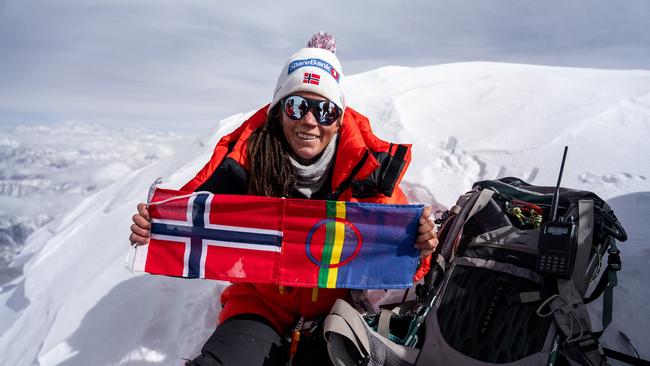
If time, money, marriages and work are no object, there’s an emerging trend of tackling all 14 of the 8000-metre peaks.
Norwegian Kristin Harila made history this year by becoming the first woman and the fastest person to bag the lot in three months and one day when she topped out on K2.
The legendary Reinhold Messner took years to become the first to complete the feat.
Nirmal ‘Nimsdai’ Purja was the first to complete the feat within seven months and his documentary 14 Peaks: Nothing Is Impossible received worldwide acclaim.
His company Elite Exped offers commercial logistics and guiding for all 14 peaks, as well as private projects for clients who wish to open up world-first routes on major mountains.
To climb one 8000-metre peak requires serious dedication and commitment – times that by 14 and join an elite few in rarefied air.
The 8000m mountains
1 Everest 8850m Nepal/China
2 K2 8611m Pakistan/China
3 Kangchenjunga 8586m Nepal/India
4 Lhotse 8516m Nepal/China
5 Makalu 8463m Nepal/China
6 Cho Oyu 8201m Nepal/China
7 Dhaulagiri 8167m Nepal
8 Manaslu 8163m Nepal
9 Nanga Parbat 8126m Pakistan
10 Annapurna I 8091m Nepal
11 Gasherbrum I 8068m Pakistan/China
12 Broad Peak 8047m Pakistan/China
13 Gasherbrum II 8035m Pakistan/China
14 Shishapangma 8027m China

To join the conversation, please log in. Don't have an account? Register
Join the conversation, you are commenting as Logout